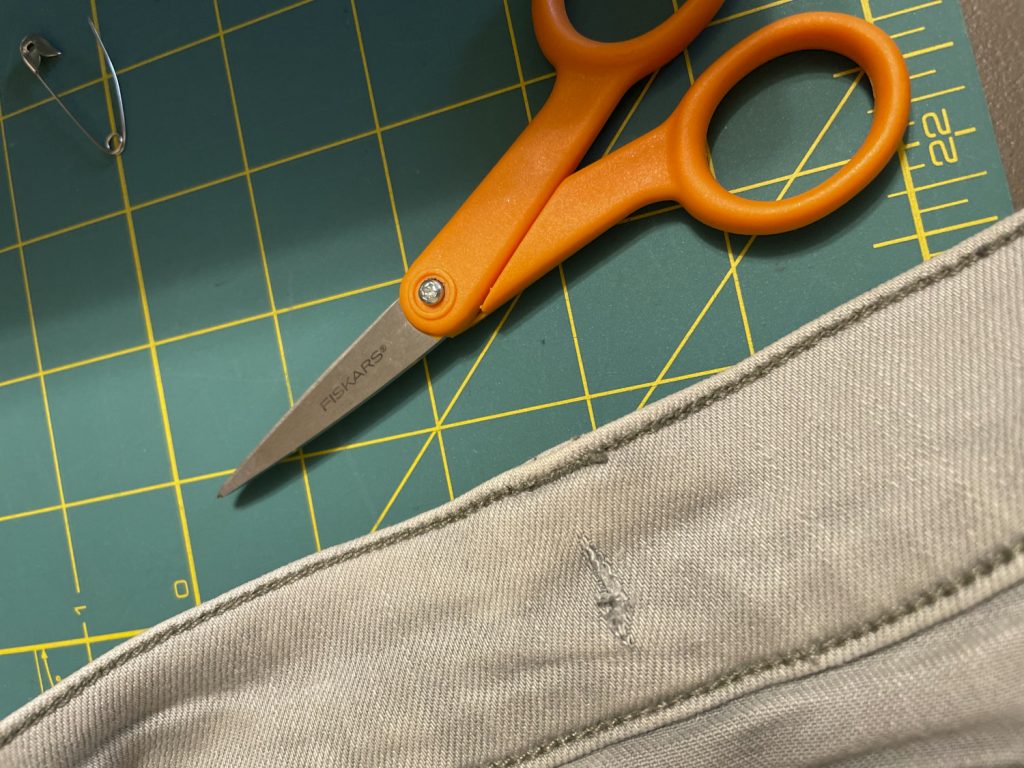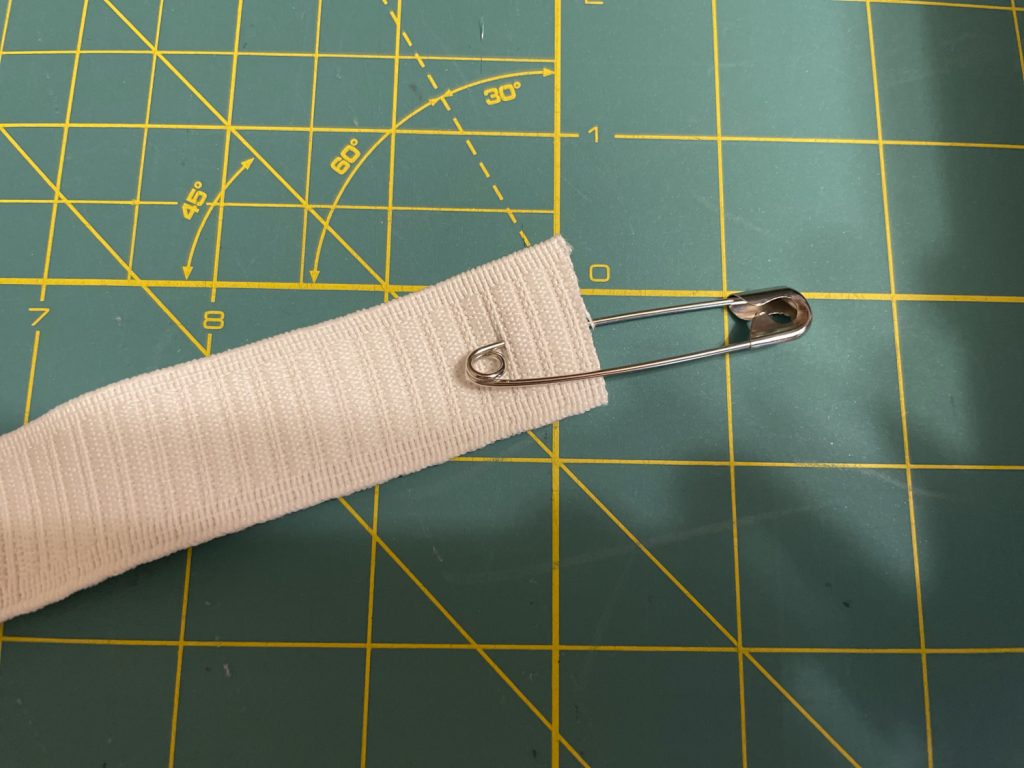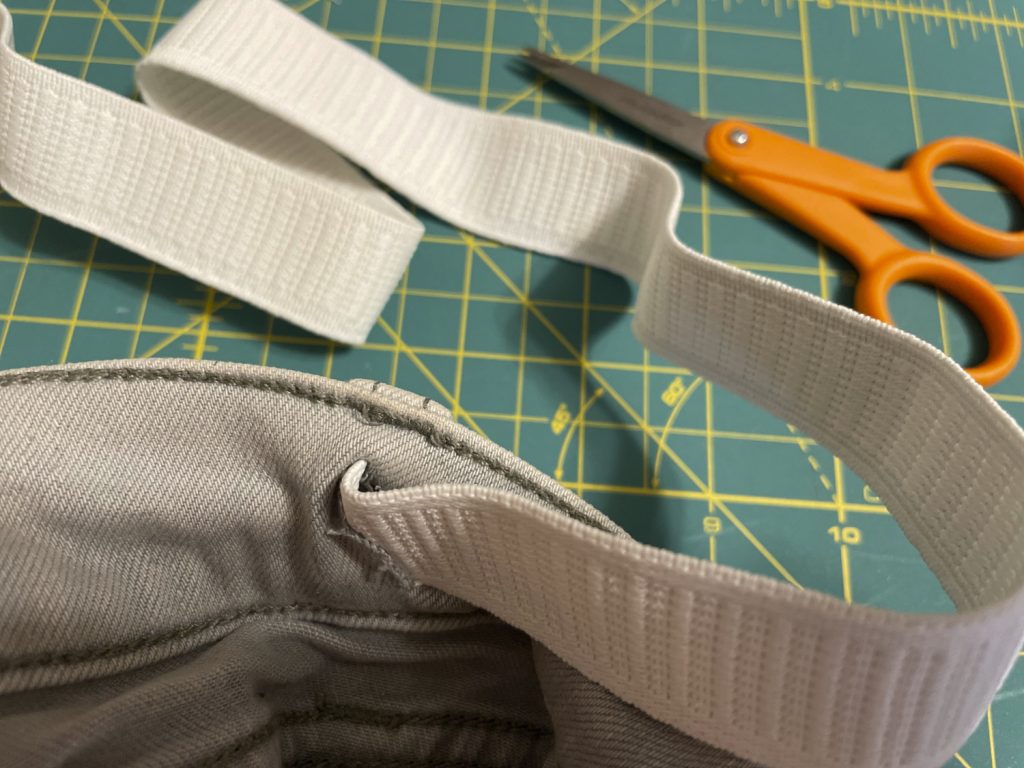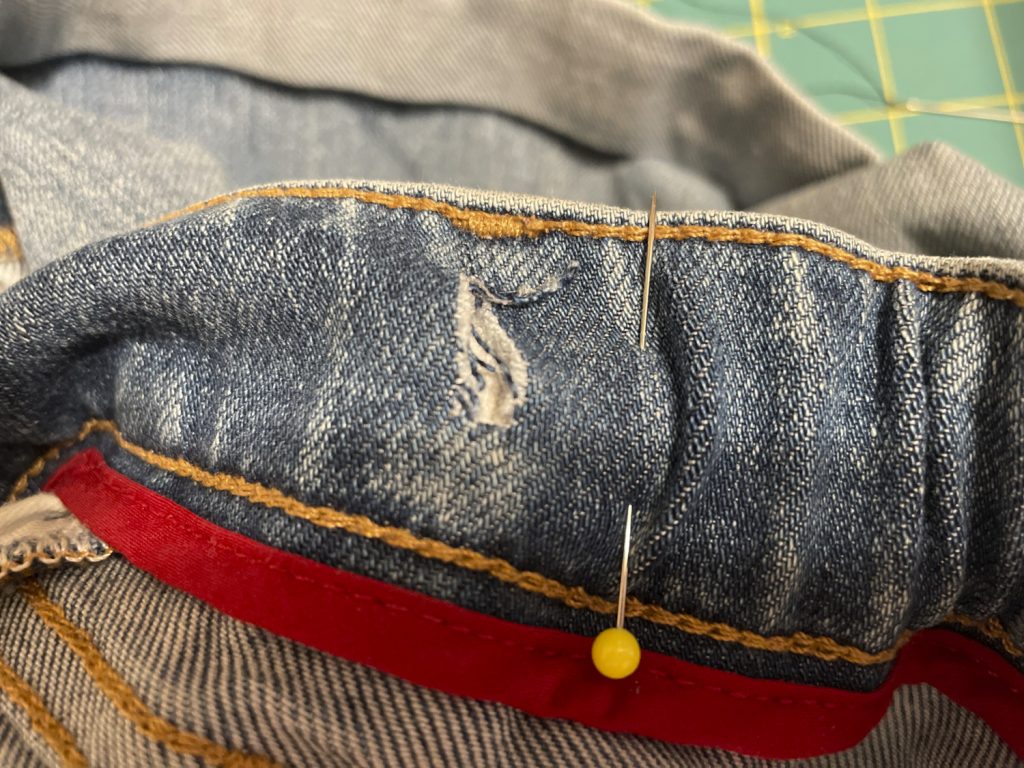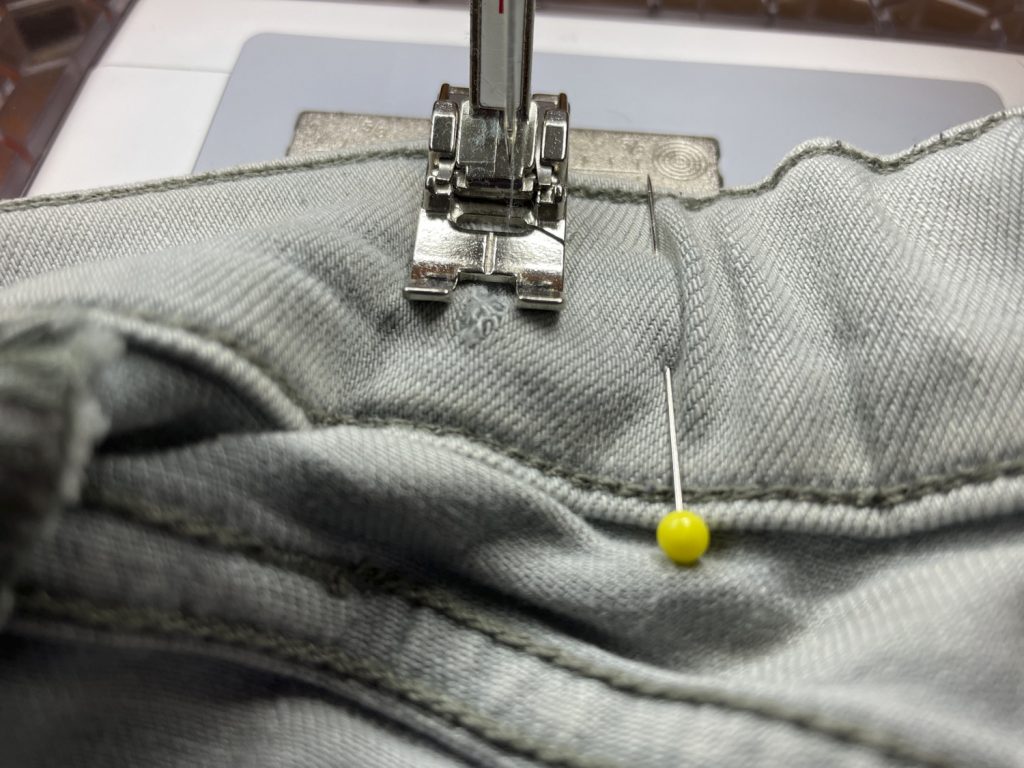A former graduate student who will soon be a first-time parent emailed me this week to ask about that system he had heard me talk about for keeping track of travel. I’ve mentioned this system to a few people, and they’ve told others, and every now and then someone sends me an email to ask how exactly it works. So, I’m finally writing it all down so that those who find it useful can read more about it.
I used to travel a fair bit for work, but cut back significantly when my first child was born. By the time I had three kids, I wasn’t traveling much. Once the kids were all in elementary school, my work travel increased. There always were more conferences I wanted to attend, and more speaking engagements I wanted to accept. However, realizing the stress it put on my family when I was out of town, I tried to choose my travel carefully and said, “no” to a lot of it. (As a side point, most academics I know believe they must travel a lot or their careers will suffer. I believe that some travel is required, but that most of us could probably do quite well with significantly less travel. Perhaps I will blog on that some time….)
While I felt that I had settled on a reasonable amount of travel, my husband and kids did not see it that way. Every time I prepared for another out-of-town trip, they complained that I was traveling too much. I should note that my husband does not enjoy travel as much as I do, his job requires less travel, and he usually is able to keep his business travel to 2-4 days per year. On the other hand, I was typically traveling 2-4 days per month, even when trying to travel less.
Somewhere that I no longer recall, I had read about the idea of keeping a budget for travel — not a monetary budget, but a time budget. So I decided to give it a try and devised a “travel points” system. My first thought was to simply to negotiate with my husband and decide on a maximum number of days I would travel each year. But when I suggested this idea to him he told me it was too simplistic. He explained that when I travelled during the week, the kids were in school most of the day and it wasn’t too difficult for him to handle the morning and evening routines himself, with an after school babysitter to help out with transportation to afternoon activities. However, when I travelled on weekends, he had to single-handedly get three kids to all of their weekend activities and make sure they ate three meals per day. After further discussion, I realized that when I arrived and departed also made a difference. Ideally, I would make it home for dinner, but getting back later in the evening was still better than coming home the next day.
Based on my husband’s feedback I came up with the following points system. Each week day away from home costs 3 points. One point for being away for breakfast, one point for being away for dinner, and one point for being away over night. Weekends work the same way except they count double. I applied this formula to past trips to see how much they would have cost, and negotiated a total budget for the year of 84 points.
As we’ve used the system over the past six years we’ve made a few additional adjustments. I get a discount for bringing one of my kids with me on a trip (I’m not able to do that very often because they usually have school, but every now and then it works out). I get a discount for working in a visit to a family member while on a business trip. I also get a discount for travel associated with paid consulting, since my husband appreciates the extra income that brings in. One year I signed up for a training course with three out-of-town sessions that used up 70 of my 84 points. Before I signed up for the course I made sure my husband was on board with the increased level of travel and we negotiated a higher points budget for that year. Last year, when I was traveling to Washington, DC from Pittsburgh for three days every week we suspended the points system completely rather than add up the 400+ points. We all knew that I would be away a lot and the whole family (even my kids) bought into the plan. Now that I’m back, we have reinstated the points system.
The travel points system works pretty well for us. I typically get a handful of out-of-town speaking invitations every month, so calculating the points cost of each potential trip is helpful as I choose which invitations to accept. I try to pace myself, and reserve points for the conferences I like to attend. I also try to shorten trips to shave off a point or two if I can. When possible I leave early in the morning rather than going the night before. I sometimes leave a conference early to make it home for dinner. Whenever possible, I avoid traveling on weekends. While my husband still thinks I travel too much, he is much less grumpy about it when he knows that the amount of travel will be bounded.
The travel points system is a simple application of basic budgeting principles that helps me put limits on my travel and practice moderation. People use similar systems to limit their financial spending or their caloric intake. You can apply this time budgeting concept to other activities besides travel. For example, if you have a time-consuming hobby not enjoyed but other members of your household, allocate points for the hours you spend on that hobby. If it makes sense in your household, you might develop a system that allows you to trade points with other family members, for time, money, or other activities — e.g. if I can travel two extra days, when I get back you can go on a two-day yoga retreat.
What’s most important (and probably most difficult) is negotiating the rules of the system so that the points provide appropriate incentives and all involved are satisfied with the total points budget. Once I agreed to significantly penalize weekend travel, my husband was much more agreeable about the whole system, since weekend travel was what he most wanted reduced. I also would prefer to be home and spend time with my family on weekends, so the weekend penalty adds an extra nudge for me to do what I would like to do anyway. Every family is different and you will have to find the incentives and budget that work best for your family, and be prepared to renegotiate over time as you gain experience with the system or your situation changes.
